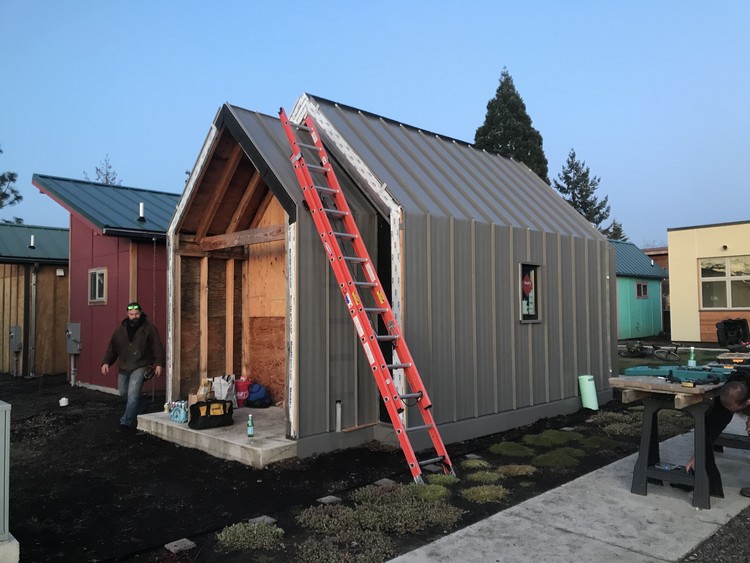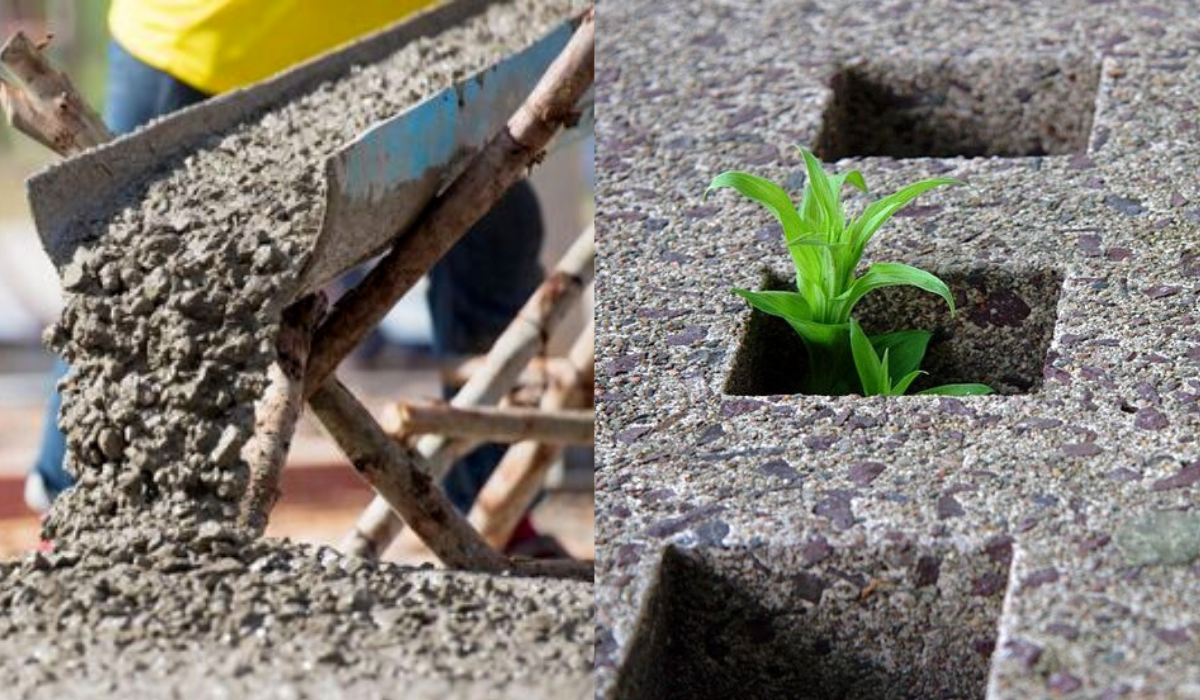Narrow spaces become a priority to optimize our living are or land, especially when building in urban cities where area cost or land value is often the most critical factor. This usually happen where urban plots are scare and the properties available for remodelling are usually limited.
Sometimes micro living being necessity for who those are living in big metropole cities examples most common like in China. Especially when you live big cities it has become increasingly difficult to find an affordable living space or place to shelter.Some people decide to move away from urban city centres and bear with the lengthy commute time, while others are seeking creative design solutions to transform their home into a tiny, functional space to meet their daily needs. On the other hand, tiny narrow houses are more environment friendly and communal;so, there are a variety of reason living in such a house.
The Pros and Cons of Tiny Houses
Narrow and small square metersize homes are less expensive compare larger alternatives in terms of tax, building, heating, maintenance, and furnishing costs. Lowering cost of living may be advantageous to those who need to plan financial savings, such as retired or jobless employees.In addition to less costing, small houses may encourage a less cluttered, simplified lifestyle, and reduced ecological impact for their environment.The typical size of a narrow condominium exceeds 45 square meters. The typical tiny house on wheels is usually less than 2.5 meter by 6 meters, with sufficient living space total 12 square meters or less. Also consider for ease of towing and to exempt it from the need for a building permit.
Small houses may emphasize design over size, utilize dual purpose features and multi-functional furniture, and incorporate technological advances of space saving equipment and appliances.Vertical space optimization is also a common feature of small houses and narrow apartments. For an example, the increasing use of loft space condominiums for sleeping and storage. Because of overall height restrictions related to the ability to easily tow a tiny house, it is common for lofts to be approximately2 meters height. Therefore, for accessibility of elderly and disabled people, larger floor plans that keep essential elements like bed, bathroom and kitchen on the main floor are more typical.However, Tiny hoses are threatening increased grid defection because of their inherently low energy demands due to their finitesize. Their customized builds and slightly low energy demand often lend themselves toward dependence on rooftop photovoltaics such as roof-mounted solar panels.
As a conclusion, before building a tiny house determine your true needs, necessary conditions and ability to cooperate in such.Talk and discusswith other tiny house people builders, listen to their experiences and don’t forget you should use your imagination to solvelimited space or budget problems.
For more info you can check link:
https://thetinylife.com/ryans-tiny-house/tiny-house-building-checklist/





